
Do you have a question about the Bounty Hunter PIONEER 202 and is the answer not in the manual?
| Frequency | 6.6 kHz |
|---|---|
| Search Coil Size | 8 inches |
| Battery | 9V |
| Discrimination | Yes |
| Sensitivity | Adjustable |
| Technology | VLF (Very Low Frequency) |
| Search Coil | Concentric |
| Depth Indication | Yes |
| Pinpoint Mode | Yes |
| Display | LCD |
| Search Modes | All Metal, Discrimination |
| Ground Balance | Manual |
| Target Identification | Yes |
| Battery Type | 9V Alkaline |
| Battery Life | 20 hours |
| Search Coil Waterproof | Yes |
| Intended Use | Coin shooting, relic hunting |
| Audio Output | Speaker |
| Audio Output Jack | 1/4 inch |
| Length | Adjustable |
Explains how to eliminate iron and trash items using the DISC/NOTCH knob.
Describes providing an adjustable rejection window to eliminate undesirable metals.
Explains providing a pre-set rejection window for pull-tabs and trash items.
Illustrates and labels the components of the Pioneer 202 metal detector.
Defines key terms used in metal detecting, such as Elimination, Discrimination, Iron, Relic, and Trash Items.
Explains the steps to turn on the metal detector and its initial state.
Explains how to select between ALL METAL, DISCRIMINATION, NOTCH, and AUTO NOTCH modes.
Explains how to interpret the readings on the Liquid Crystal Display for metal identification and depth.
Details the function of the low battery indicator light and when to replace batteries.
Explains how the depth indicator works for coin-sized objects and factors affecting accuracy.
Explains how to enter and use the ALL-METAL mode for maximum depth detection.
Details how to enter and use the DISCRIMINATION mode for coin-shooting in trashy areas.
Explains how to enter and use the NOTCH mode for selective rejection of items.
Classifies metal targets into Low, Medium, and High tones based on material and type.
Describes the method of "X-ing" the target area for accurate pinpointing.
Details proper coil swinging techniques for effective metal detection.
Explains how to differentiate between good repeatable signals and false signals from trash or interference.
Provides advice for searching in trashy ground and suggests an optional coil.
Outlines coinshooting as a popular application and required settings.
Describes relic hunting as finding historical objects and optimal settings.
Explains cache hunting as finding hidden valuables and the required mode.
Discusses jewelry hunting in public areas and the best mode for interference.
Lists other uses for the detector, like finding property markers and gold prospecting.
Discusses optional 10-inch and 4-inch coils for different detection needs.
Covers carry bags, coil covers, and finds pouches for user convenience and protection.
Includes headphones for better audio and pin pointers for precise location.
Lists causes and solutions for erratic detector signals and noise.
Addresses issues with constant low or repeating tones, often related to batteries.
Solutions for LCD not locking onto one target ID or emitting multiple tones.
Troubleshooting steps for when the detector has no power or makes no sounds.
Advises on careful handling, storage in normal temperatures, and avoiding extremes.
Instructions on cleaning the detector and its waterproof coil, including saltwater rinsing.
Warns against modifying internal components, which invalidates the warranty.
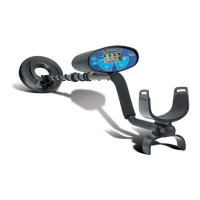
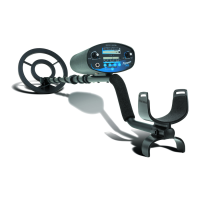
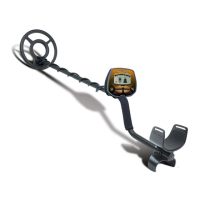
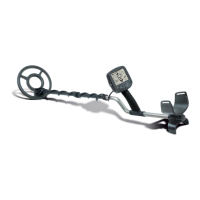


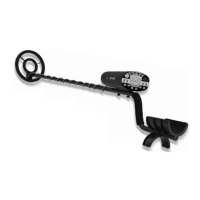
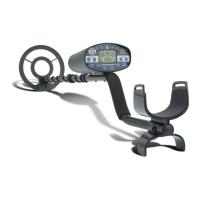
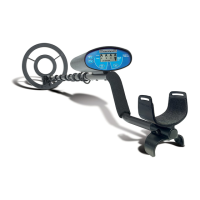
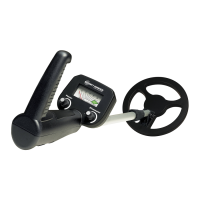
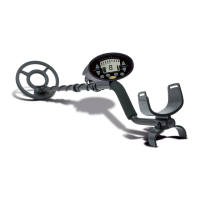
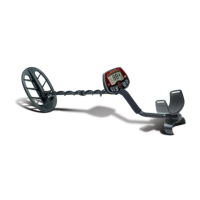
